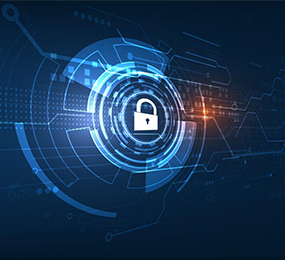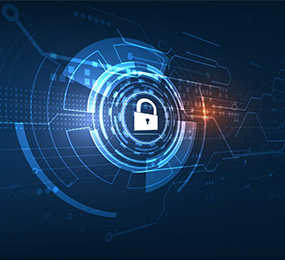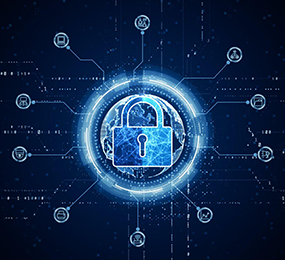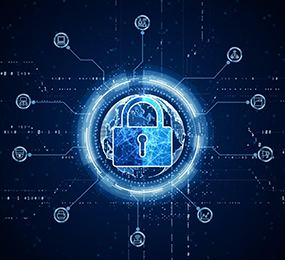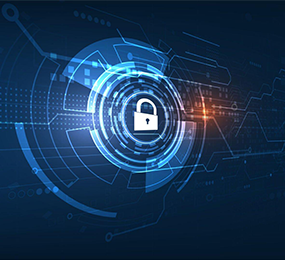Supply Chain Security: How to Manage and Mitigate the Risks
Supply chain security is a critical responsibility for businesses of all sizes, because interruptions may swiftly imperil the entire operation. Weak points or breakdowns in the supply chain put needless expenses, inefficient delivery schedules, and reputational harm at risk. Furthermore, product tampering or illegal usage might cause harm to the customer and lead to legal action. It is consequently critical for business continuity that firms identify risks early on, manage them, and reduce them in a timely and effective manner.
Supply Chain Management (SCM) includes supply chain security (SSC)
Supply chain security is a critical component of supply chain management, which focuses on risk management for external suppliers, vendors, logistics, transportation, and other variables. Even in extreme circumstances, businesses must continue to operate. A risk management system is required to pinpoint and mitigate flaws in the global supply chain in a targeted manner. Furthermore, security management systems may aid in the protection of supply chains from physical dangers as well as cyber-attacks. To avoid business interruptions, a crisis-resilient supply chain should be a major concern.
Physical dangers and cyber-threats
For a long time, safeguarding the supply chain concentrated largely on physical security and integrity i.e. threats from internal and external sources such as theft, sabotage, or natural catastrophes. Cyber hazards are becoming increasingly relevant in the supply chain. For quite some time, cyber-attacks have been on the rise. This is due not just to the pandemic's rapid digital transformation, but also to chronic negligence, weak security architecture, and an unwillingness to pay, which makes it simple for attackers. Attackers are aware of the vulnerability of multinational value chains and are directing their efforts in that direction.
Third-party software danger
Many businesses employ software built by third-party vendors as part of their supply chain. Furthermore, businesses cannot and should not assume that the software they employ is safe. Organizational collaboration is frequently required, and networks are intricately linked. As a result, a single breach in a company's data network might have far-reaching consequences. As a result, hackers do not directly attack the target organization, but rather utilize the weakest link in the supply chain as a doorway.
'In-depth Defense'
A robust security plan typically necessitates a thorough approach. The coordinated deployment of several security methods to ensure data integrity is known as defense in depth. All facets of corporate security are addressed - although in a redundant manner if required.
Security Precautions
There are cost-effective ways to safeguard against IT hazards. This involves advanced cyber hygiene as well as effective risk management. Staying up to date, anti-ransomware, and periodic staff awareness training, for example, can assist protect against the most typical phishing attempts. Multi-factor authentication is also strongly advised for critical IT sectors. Tested crisis response plans can also greatly decrease downtime and follow-up expenses in the event.
Visit our website to know more: https://bit.ly/3V0WLbF
For more information and group participation, contact us: [email protected]
Leadvent Group - Industry Leading Events for Business Leaders!


